If you’re new to the programming world, you may have heard these most popular terms: “frontend” and “backend”. In this blog, I’ll explore what these terms actually mean and the differences between them.
Frontend and Backend refer to the two main parts of a website or application. The front end is the visible part of a website, while the back end is the invisible part that powers the front end. They are like two sides of the same coin and are equally important for the proper functioning of the website or application.
I hope now you have some idea of what these frontend and backend terms mean. Don’t worry if you didn’t get it; I have explained each front-end, back-end, and full-stack development in detail below.
What is Frontend Development?
As the name implies, “frontend” means the front part of a website or application that users can see and interact with. This is also referred to as the “client side” of a website. The front end is what makes a website easy to use and visually attractive. UI elements such as navigation menus, images, videos, buttons, forms, etc. are part of the front end.
Frontend is often written in HTML, CSS, JavaScript, and React. A front-end developer is someone who works on front-end development. They are also responsible for the layout, visual design, and feel of the website.
There are many languages and frameworks used in front-end development. But some widely used languages are listed below.
- HTML: HTML stands for Hypertext Markup Language. It is used to create and structure a website or web pages. It is the first step in creating a website or web application.
- CSS: CSS stands for Cascading Style Sheets. It is used to style and lay out a website. CSS is critical in determining how a website should appear, including its design, color, layout, look, and feel.
- JavaScript: JavaScript is a scripting language used to make websites dynamic and interactive. It is also sometimes called by its short name, JS. The codes written in JavaScript are executed by the user’s web browser.
Today, instead of vanilla JavaScript, other frameworks are commonly used in front-end development, like React, Angular, and Vue. But if you want to become a good front-end developer, it is essential to learn JavaScript.
What is Backend Development?
As the name implies, “backend” is the back part of a website or application that handles the logic, database interactions, security, and other behind-the-scenes functionality.
This is also referred to as the “server side” of a website. The front end sends requests to the back end, and the back end processes the request and sends relevant data back to the front end to display to the user.
Programming languages such as PHP, Node.js, Java, Ruby, or Python are often used in backend development. A back-end developer is someone who works on back-end development. They are also responsible for developing the logic, APIs, functionality, and server infrastructure of the website or application.
There are many languages and frameworks used in back-end development. But some widely used languages are listed below.
- Node.js: Node.js is an open-source, cross-platform runtime environment that is used to run JavaScript codes outside the web browser. It is built using JavaScript and uses the V8 JavaScript engine to execute the codes.
- PHP: PHP stands for Hypertext Preprocessor, which is widely used for backend development. PHP is well-known for its ease of use and a large ecosystem of frameworks such as Laravel, CodeIgniter, Symfony, etc.
- SQL: SQL stands for Structured Query Language for managing and querying relational databases like MySQL. It is used to perform CRUD operations on the database. CRUD means to create, read, update, and delete data.
What is Full Stack Development?
Full Stack development is also a widely used term in web development. It refers to both the front-end and back-end aspects of a website. A full-stack developer is someone who specializes in full-stack development. MERN is a popular choice and is now widely used in full-stack website development.
The MERN stack is basically a combination of several technologies: MongoDB, Express.js, React.js, and Node.js. Because of the MERN stack, it is now possible to create a full-stack website or application with JavaScript codes.
Keep in mind that full-stack development can be done using other programming languages too. Full-stack development can be a challenging and rewarding field because it requires a wide range of coding skills and other knowledge.
Conclusion
As you are now aware, both the front end and the back end are essential for web or application development. Without any one of them, the website is incomplete. They work together to provide a seamless experience for the user.
If you are looking to build a career in these fields, I believe you can now choose which field is best for you: Frontend, Backend, or Full Stack. But before choosing a career in this field, carefully consider your interests, skills, and career goals and do more research about the job scope and potential earnings in these fields.
Do you know that apart from the basic features a website has, you need to know something more that will make the site sustainable and attractive in 2023? Read this blog to learn about 10 Web Development Trends to Expect in 2023.
If this blog was helpful to you, don’t forget to share it with others.

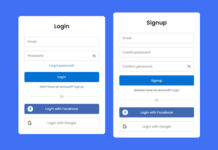



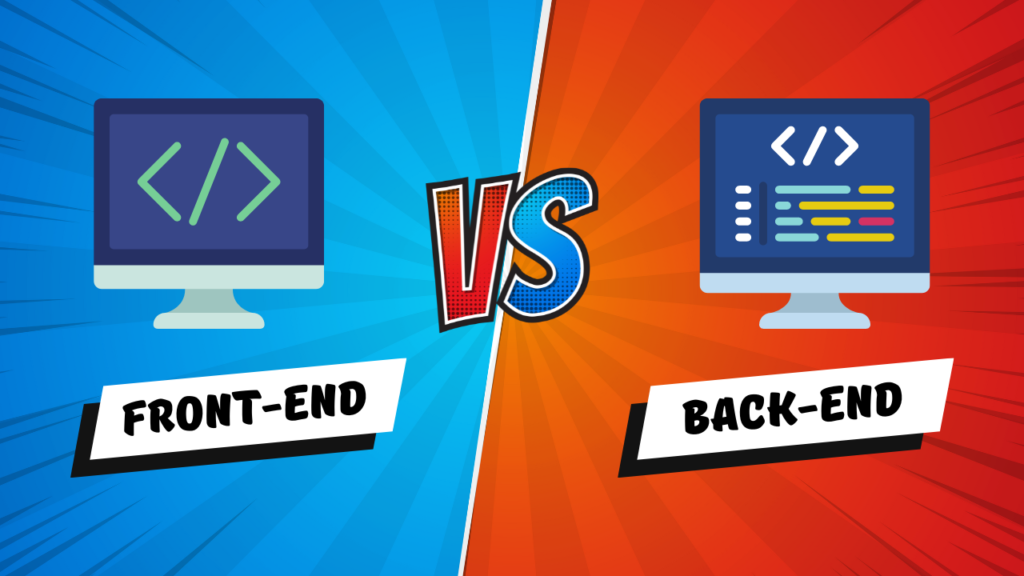
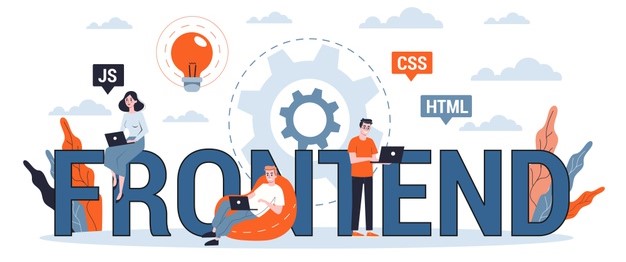
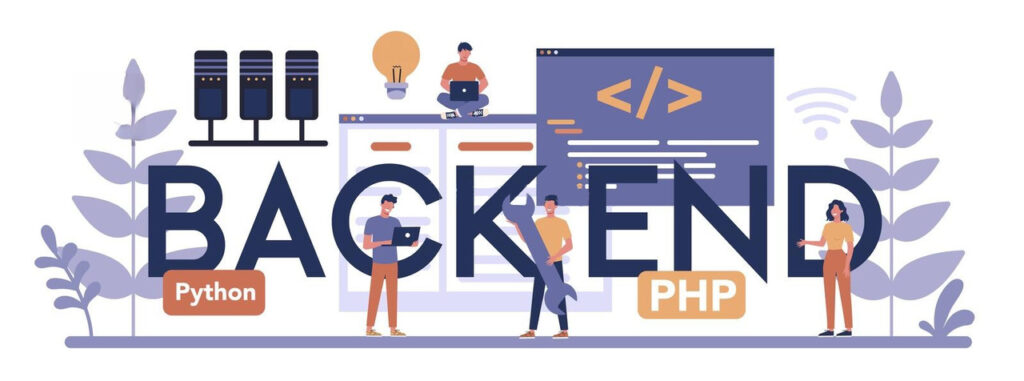
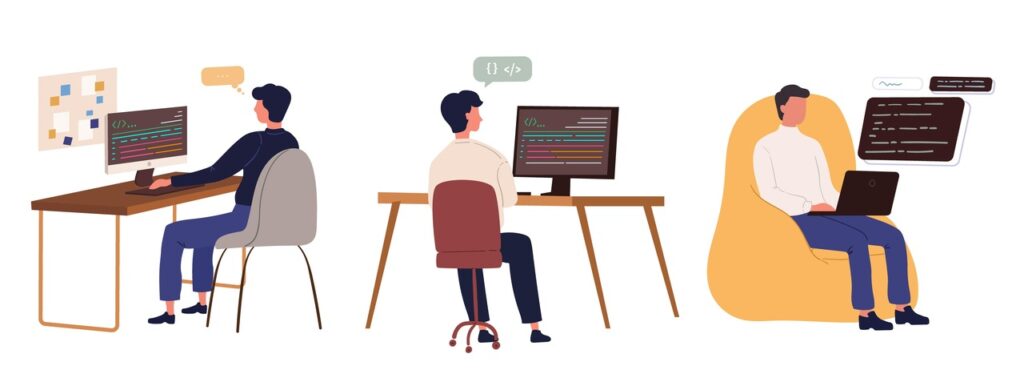









hi